How to Manage Third-Party Apparel Production in Italy
In this article we discuss how to manage contract clothing production in Italyan ever-present theme in our daily work in the style office.
We will address the main challenges of producing in Italy a fashion collection and how to interface with suppliers and manufacturers to manage production in line with timing and brand positioning. But above all:
We shall see what are the pros and cons to produce in small quantities in Italy
I am Corrado Manenti and I will be your guide on this journey!
The appeal of 'Made in Italy' products in the world:
In the panorama of the fashion industry, contract manufacturing of clothing for small quantities is positioned as a fundamental and distinctive reality, especially within the Italian production context: "The Production Chain"
If you think about it, 'producing in Italy' is the ultimate aspiration of all high-end brands Europeans and especially North Americans.
This applies to both established and emerging brands that want to focus on a superior quality and a defined positioning.
The Made in Italy is not just a label, but an emblem of craftsmanship and attention to detail. This allows independent designers and startup to produce high-quality collections without having to bear the costs of their own production lines. Producing through subcontractors also allows for maximum customisation of one's own garments, while guaranteeing uniqueness and adaptation to market needs.
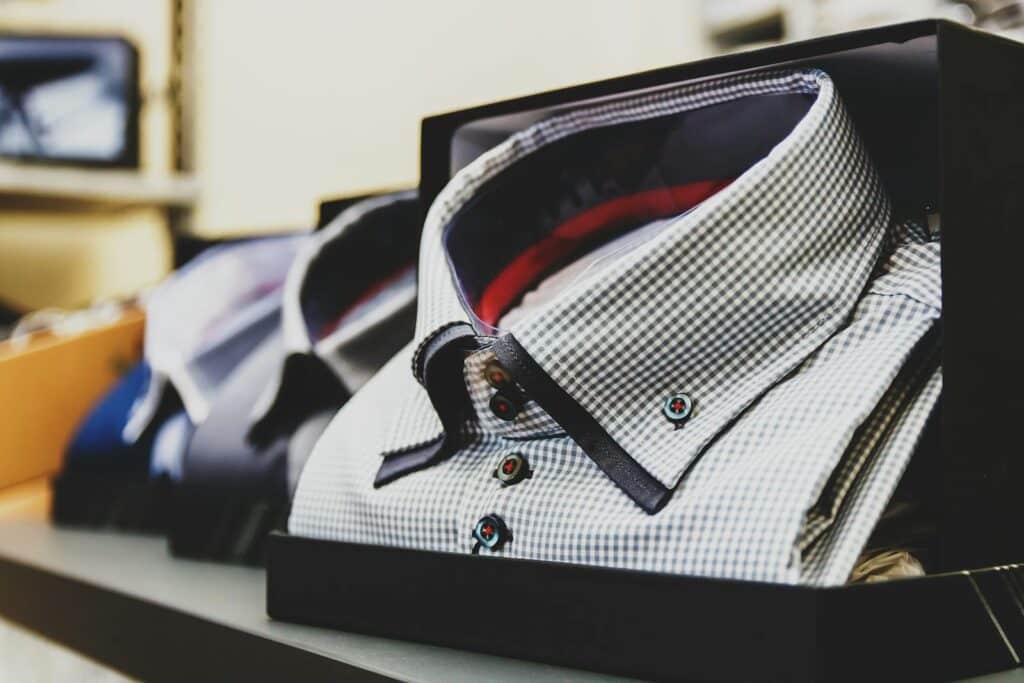
Third-party production (even for small quantities) has thus become a pillar not so much for innovation and creativity (which remain the responsibility of the commissioning brand) but for its ability to offer a flexible production solution that aligns perfectly with the customisation and uniqueness requirements of today's market.
This concept is the first really important thing you need to know:
There is no contract manufacturer you can tell: "I want to produce two of these three of those etc etc."
you must provide the manufacturer in the first place:
- Artistic and Technical Designs in your collection
- Fabrics chosen in suitable quantities
- The accessories that make up the garment (zips, buttons, trimmings, rivets, etc.).
- Labels
- Paper Models
- A Prototype of each garment
For this if you do not have an established brand with a few collections on their shoulders the use of 'subcontractors' may not be the ideal situation to start with.
I'm telling you this before you start just so you don't get confused! Because many times people confuse contract clothing production with the 'Private Label' or the 'White Label' We also talked about it in this article.
But fear not, there is a solution! Follow me in this article and I will show you our method for producing garments in Italy even if you start from scratch!
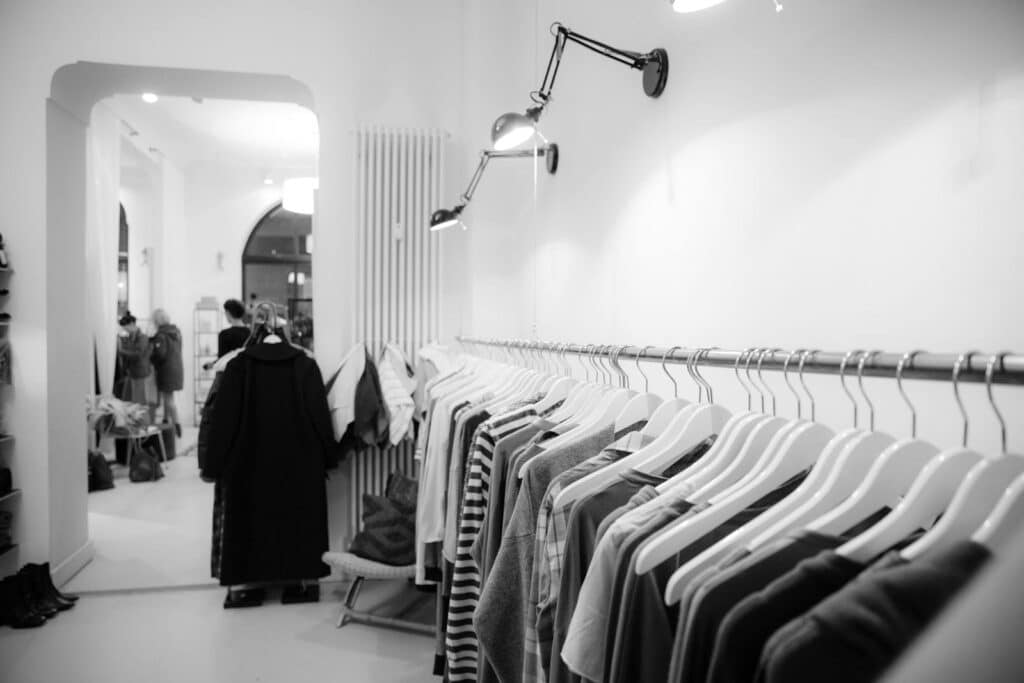
The Be A Designer Method to arrive at the production of a fashion collection:
If this is the first article you read on our site let me tell you about who we are and our reality.
At Be A Designer for more than ten years we have been helping anyone who wants to create products in Italy to make it possible!
All this thanks to a team of professionals who, thanks to a turnkey package that accompanies you through all the stages of creating your brand!
Starting from BUILDING A DIFFERENTIATING BRAND IDEA , A PHASE OF IDEATION at SEARCH FOR MATERIALS up to the PRODUCTION and finally to the PROMOTION.
In this article we will take a closer look at how the world of contract manufacturing works in Italy and I will explain in detail all the STEPS that precede the production of a collection so that you will be able to assess when, how much and how to produce your collections.
Let's start with a big consideration if you decided to start producing your own fashion collection alone you would face some seemingly insurmountable obstacles:
BRAND IDEA: Products do not spring randomly from someone's visionary mind (including yours) but are moulded around a differentiating brand idea, a philosophy of being and appearing that must appeal first and foremost to your future customers.
You may wonder "Why?" Because if they don't identify with your clothes, if they don't find them aspirational they simply won't buy them.
In this article we are talking about PRODUCTION but without a brand idea how do you define whether the cost of production is sustainable or not if you do not know what the final cost of sale on the market will be?
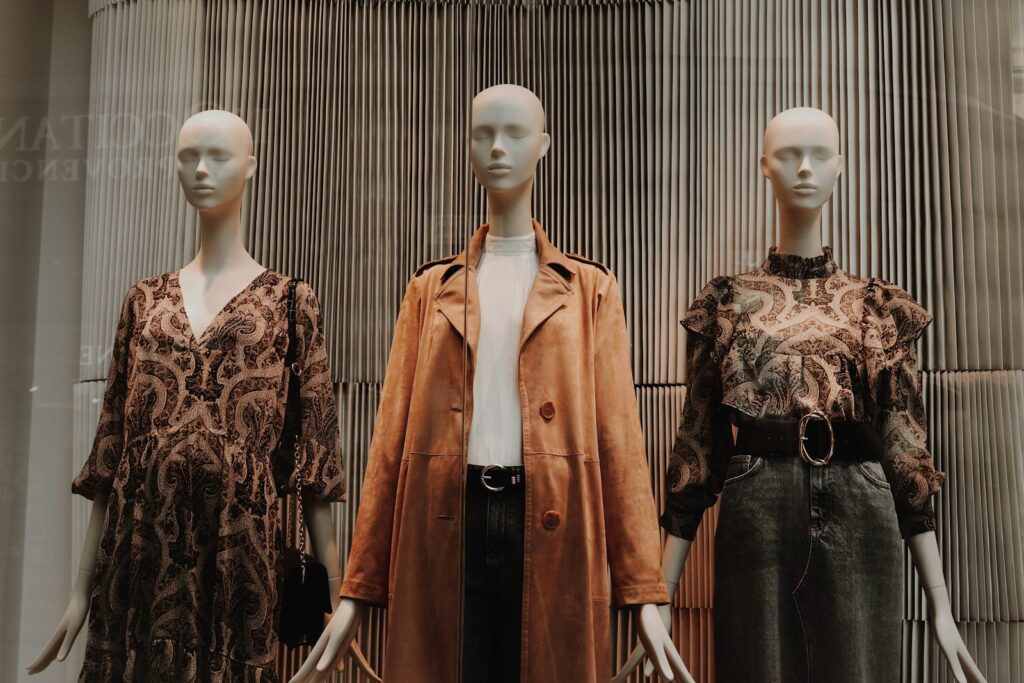
In our approach the Brand Idea always comes first and only then the products of a collection.
Creativity must always respect the values of the brand and its customersotherwise they will not 'get it' and consequently NOT buy.
Corrado Manenti
IDEA OF PRODUCTS: Another big hurdle revolves around the idea of products around which to build a collection.
We have seen above in response to the long-standing debate: 'The chicken or the egg is born first' paraphrased in: "Does the brand idea or the product come first?" everything has to start with your brand.
Most people who enter manufacturing have a product idea, but like all ideas, it needs to be refined in order to turn into a drawing, a figure and one technical illustration.
Making fashion small means learning its codes and know how to communicate with the people who will turn your vision into reality!
Fashion is a team game you need a team, different professionalism, it is like playing in a band there are many musicians and each one is good at a specific instrument and the result is eventually heard in the music.
The same applies if you are already a stylist, a tailor, or a patternmaker you may know one part well but you lack all the others in order to be successful in the market.
THE PORTFOLIO BE A DESIGNER OF OUR LATEST PROJECTS
FASHION
SUBSCRIBE TO THE NEWSLETTER AND DOWNLOAD FOR FREE:
Click on the button below
and follow the instructions:
MATERIAL RESEARCH: A challenge for small volume contract clothing production
La search for materials is one of the main difficulties in the contract clothing production in small quantities. Often, those starting out in the fashion world do not yet have a complete business structure, nor a VAT number, making it difficult to access traditional supply channels. In fact, industrial manufacturers do not work with individuals and do not handle small orders, preferring large quantities.
We of Be A Designer We collaborate with the largest Italian fabric manufacturers and importers, managing to obtain both small quantities and thousands of metres, thanks to relationships established over the years. This allows us to bundle small orders several times a year, overcoming a barrier that may seem insurmountable to novices.
If you do not have access to such providers, the options available at the beginning are often limited:
- Fabric shops by the metreThey supply materials at very high prices, often not reorderable, and only available for one-off items.
- Haberdashery or remnant shopsThey offer cheaper fabrics but with the same limitations, i.e. reduced quantities, impossibility of reordering and materials often derived from other brands' processes. In many cases, these are offcuts or piece bottoms, with no certain information on provenance, manufacturer or technical characteristics, such as resistance to washing or other processing.
The search for materials must be carefully planned
To ensure a contract clothing production in small quantities of success, it is essential to work with certified suppliers who ensure quality and availability over time. You must always have the possibility to reorder materials, so that you can replicate the garments in your collection and maintain consistency with your brand.
How to sell your products?
If you thought the hardest part was producing your clothing line in Italy, know that the real hurdle comes next: how to sell your products. Each garment has unique characteristics and a specific market that you have to reach proactively. Today it is no longer possible to wait for customers to discover your brand and products on their own.
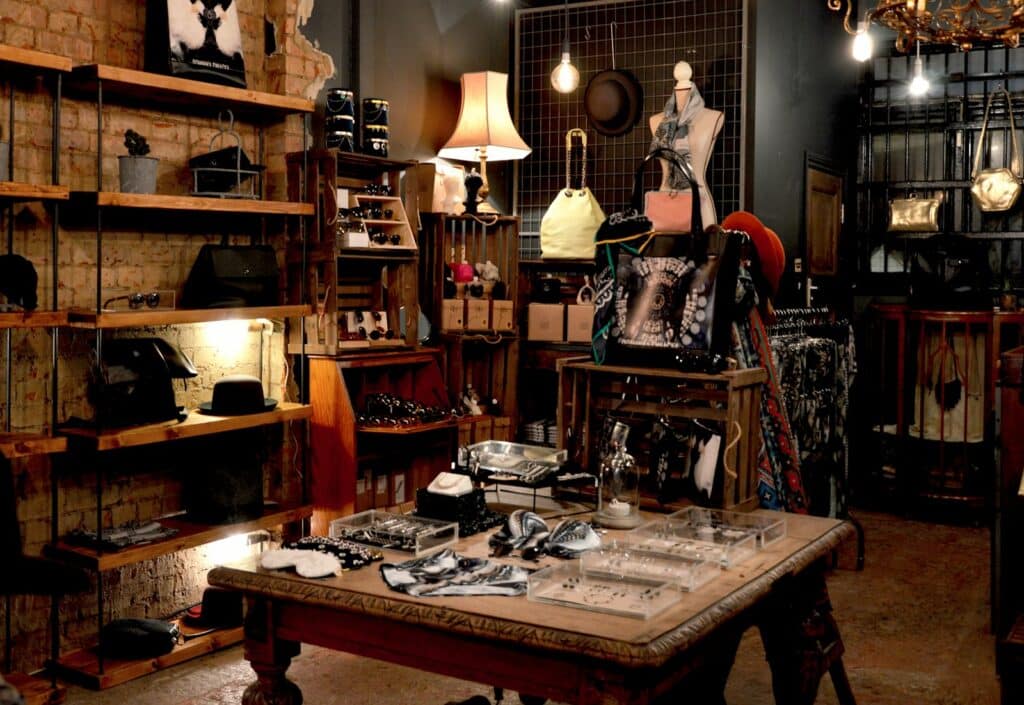
You must master marketing and sales strategies to identify the right distribution channels for your brand. Here are some basic questions:
- Where will you sell your products?
- Which distribution channels will you use to reach your market?
These are just some of the issues we will explore in this article, dedicated to the contract manufacturing of Made in Italy products. We will do this in the philosophy of Be A Designer, i.e. explain to designers and entrepreneurs how to create products that sell and are desired by our customers. Create a successful profitable business that allows you to live off your passions!
To make the most of these tips and get the best out of the our method you have two solutions:
1) ENROL IN OUR FASHION BUSINESS ACADEMY: The first online academy dedicated to the world of fashion and entrepreneurship, where you can independently learn the basics of creating your own project. Here you will find all the information you need to register for a special price
2) CREATE A COLLECTION WITH US: We will take your idea and turn it into something great, make your brand and products ready to be sold for you. You can book a free call with me and my team at any time by clicking HERE.
Whether you decide to learn how to make it yourself or you want to get your own made-in-Italy clothing collection, this article will try to reveal some secrets to success!
Are you ready? Let's get started!

Third Party Clothing Production: Procedures and Advantages
The clothing production process for small quantities
La contract clothing production in small quantities is an articulated process comprising several stages, from the creation of the prototype to the final processing of the garment. However, in the Italian fashion industry, it is rare to find industrial realities that manage the entire production process under one roof. La specialisation is one of the distinctive features of the Italian supply chain, with companies often only dealing with specific stages. Here are some examples:
- ModellersThey only deal with the creation of the paper pattern of a garment.
- PackersThey assemble the garments, but to do so they need all the materials, including labels and accessories, to be supplied by the brand.
- CuttersMany companies concentrate solely on cutting the fabric, supplying the parts ready for packaging.
- PrintworksThey print the fabric, but the suitable fabric must be identified and supplied by the customer.
- PrototypistsThey only make prototypes before actual production.
This fragmentation makes close collaboration between the brand and the various production companies essential to achieve a final product that meets both quality and creative standards.
We of Be A Designer we set ourselves up as a one-stop shop, facilitating the small-quantity contract garment production process from the concept phase through to final garment manufacture. This approach allows our customers to optimise time and resources, while maintaining a high degree of control over all stages.

The advantages of toll manufacturing
Opting for the contract clothing production in small quantities offers numerous advantages, especially for companies wishing to focus on their core business. This choice makes it possible to:
- Reducing costs: Outsourcing production avoids the high running costs of an in-house plant.
- Adapting to market fluctuations: Companies can respond faster to changes in demand without risking high fixed costs.
- Accessing specialised expertise: Working with experienced partners in the Italian supply chain allows for higher quality and innovative results, thanks to the sharing of know-how and resources.
A further advantage of toll manufacturing is the possibility to diversify the company's offer. This strategy allows access to new markets and customer targets that would be difficult to reach with limited in-house production.
In particular, for brands already active in the fashion industry, the contract clothing production in small quantities represents an opportunity to test new collections, experiment with innovative designs and introduce exclusive products without committing excessive resources.
What types of clothing can be produced through small-quantity contract manufacturing?
La contract clothing production in small quantities allows for a wide range of garments, from classic cut jackets to ready-to-wear garments, with a high level of customisation and flexibility. This approach is particularly suitable for those who wish to develop unique and differentiated collections, without having to deal with the high costs of a production internal.
Garment production: differences between tailoring and mass production
The characteristics of tailoring production
La sartorial production is characterised by the handcrafted and made-to-measure workmanship of the garments, guaranteeing a high level of customisation and meticulous attention to detail. This type of production is ideal for brands that want to focus on the uniqueness and handcrafted quality typical of the Made in Italy.
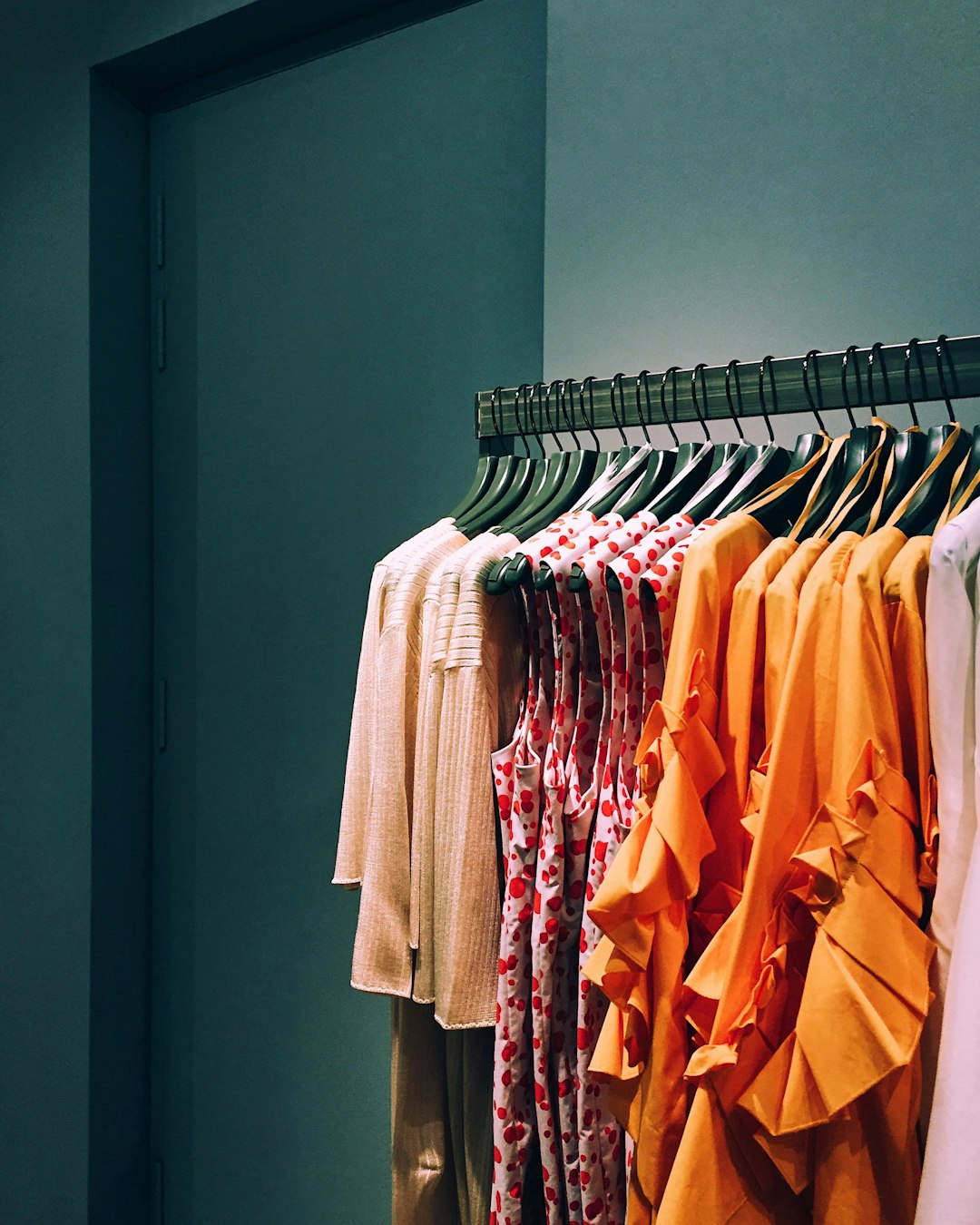
The advantages of mass production
On the contrary, mass production allows economies of scale, reducing unit costs and ensuring greater speed in the production of garments. This approach is better suited to satisfying large quantities of demand while maintaining an adequate level of quality.
Which companies should opt for tailor-made production?
La sartorial production is perfect for brands aiming to position themselves in the luxury and haute couture segment, where exclusivity and quality craftsmanship are not only appreciated but demanded by customers. In Italy, home of excellence in the fashion industry, there are numerous craft workshops specialising in limited and customised productions, reflecting the authentic Italian manufacturing tradition.
However, it is important to consider that tailoring involves higher costs than mass production. Craftsmanship requires time, expertise and quality materials, factors that are inevitably reflected in the final price to the consumer. As a result, brands that choose this route have to position themselves at a high end of the market, with final prices that can start from 600€ per garment, depending on the complexity of the design and the amount of manual labour required.
Opting for the sartorial production in Italy means not only standing out on the market, but also enhancing and preserving Italian craftsmanship and design, which are recognised worldwide. This approach is ideal for companies that want to offer luxury, handmade products of the highest quality, perfect for exclusive boutiques or high-end ateliers.
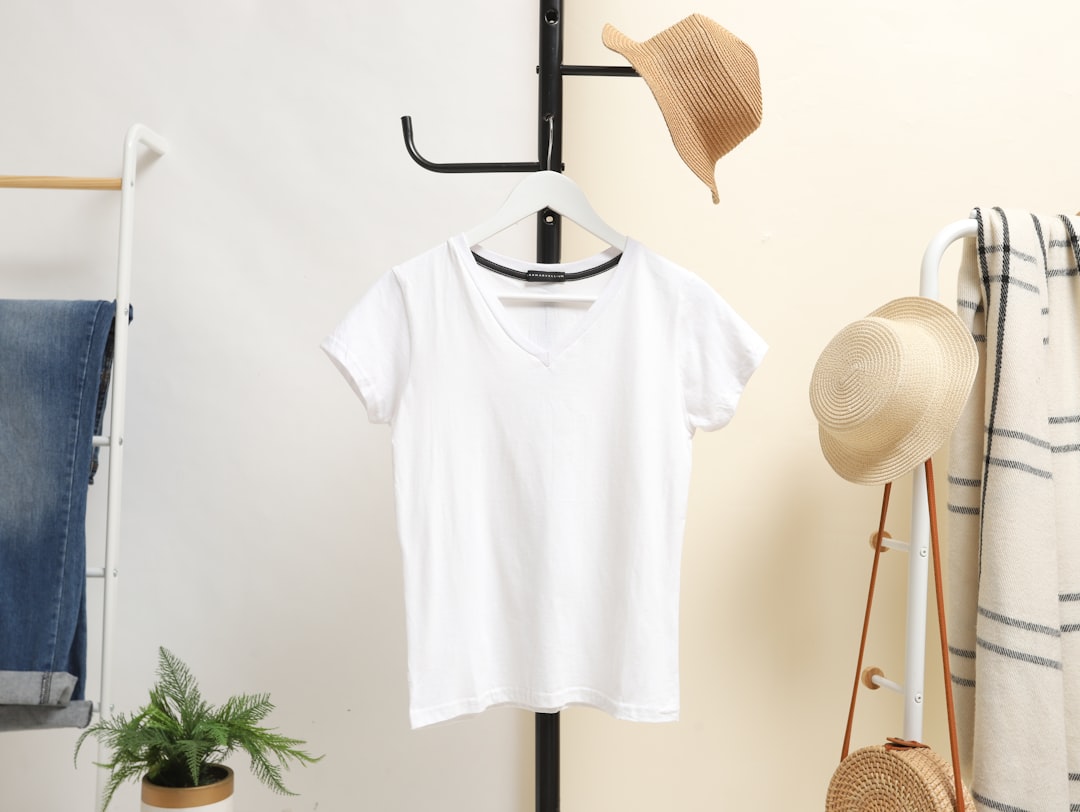
The advantages of producing clothing in small quantities
Producing clothing in smaller quantities allows us to test new designs, reduce waste and offer greater exclusivity to customers, helping us to create an emotional bond with the brand.
Cost considerations related to the production of clothing for small quantities
When we talk about contract clothing production for small quantitieswe generally refer to the production of 50-100 pieces per model. This type of production tends to be more expensive on a per-unit basis than mass production, but offers numerous advantages in terms of flexibility, exclusivity and speed in responding to market trends.
What does it mean to produce in small quantities?
- A model refers to a specific design or style of a garment.
- A variant of a model represents differences in colour, fabric or other features, while keeping the basic design unchanged.
Practical example:
If we produce 50 pieces of a pattern in five standard sizes, 10 pieces per size will be produced. If the model has two variants, such as two different colours, production is further divided: 5 pieces per size for each variant. Similarly, with a production of 100 pieces per model and two variants, we will obtain 10 pieces for each size and variant.
This small-scale production system allows greater customisation and adaptation to specific market or customer tastes, while keeping stock levels under control and reducing the risk of unsold stock.
How to ensure quality in limited production
In order to guarantee quality in limited productions, it is essential to establish strict quality control standards, select reliable suppliers and follow all stages of the production process with attention to detail, especially since producing small quantities is something we cannot afford!
The quality of garments is a key element in production processes, influencing brand image and customer satisfaction. Ensuring high standards means carefully selecting materials, carefully controlling workmanship, and providing durable, quality garments.
Creating a unique and distinctive design is essential for market differentiation and attracting consumers. Enhancing the aesthetics, originality and comfort of garments is a key element in winning the trust of customers and retaining their loyalty over time.
Implementing strategies aimed at ensuring high standards in production, such as strict quality controls and collaborations with industry experts, allows companies to maintain a constant level of excellence and be recognised for the quality of their products.
What kind of services does your clothing manufacturing company offer?
Our company offers contract clothing production services for small quantities, creating high quality garments made in Italy.
How can I contact your company for information on clothing production?
You can contact us via the contact form on our website or by calling our offices directly to receive all the necessary information about our contract clothing production.
What kind of garments do you produce with the sub-contracting service?
We produce a line of high fashion clothing, including jackets, down jackets and garments, guaranteeing the highest quality and made in Italy production.
What is special about your contract clothing production for small quantities?
Our contract production for small quantities is characterised by the attention to detail, the wearability of the garments and the sartorial quality we offer to companies in the sector.
Do you also collaborate with clothing shops for the production of made-to-measure garments?
Yes, we offer customised clothing production services for clothing shops, providing a wide range of options and a personalised service.
Do you supply samples for contract clothing production for many companies?
Yes, we have sample collections for the production of contract clothing for many companies, offering a choice of different options and styles.
What are the main characteristics of your Italian-made garments?
Our made-in-Italy garments are characterised by the quality of the materials used, tailor-made design and attention to detail, offering a high quality and prestigious product.
What kind of services does your clothing manufacturing company offer?
Our company offers contract clothing production services for small quantities, creating high quality garments made in Italy.
How can I contact your company for information on clothing production?
You can contact us via the contact form on our website or by calling our offices directly to receive all the necessary information about our contract clothing production.
How can I contact your company for information on clothing production?
You can contact us via the contact form on our website or by calling our offices directly to receive all the necessary information about our contract clothing production.
What kind of garments do you produce with the sub-contracting service?
We produce a line of high fashion clothing, including jackets, down jackets and garments, guaranteeing the highest quality and made in Italy production.
What is special about your contract clothing production for small quantities?
Our contract production for small quantities is characterised by the attention to detail, the wearability of the garments and the sartorial quality we offer to companies in the sector.
Do you also collaborate with clothing shops for the production of made-to-measure garments?
Yes, we offer customised clothing production services for clothing shops, providing a wide range of options and a personalised service.
Do you supply samples for contract clothing production for many companies?
Yes, we have sample collections for the production of contract clothing for many companies, offering a choice of different options and styles.
What are the main characteristics of your Italian-made garments?
Our made-in-Italy garments are characterised by the quality of the materials used, tailor-made design and attention to detail, offering a high quality and prestigious product.
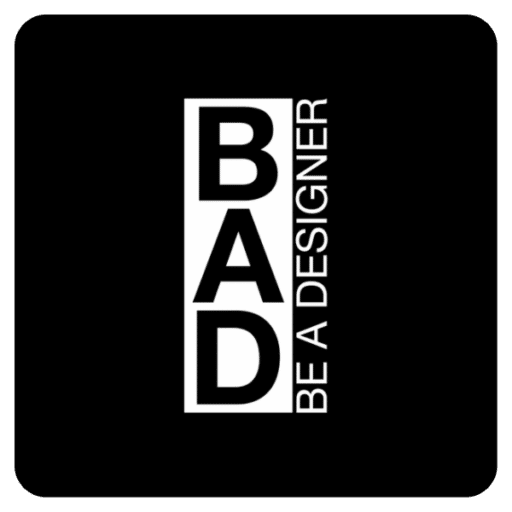
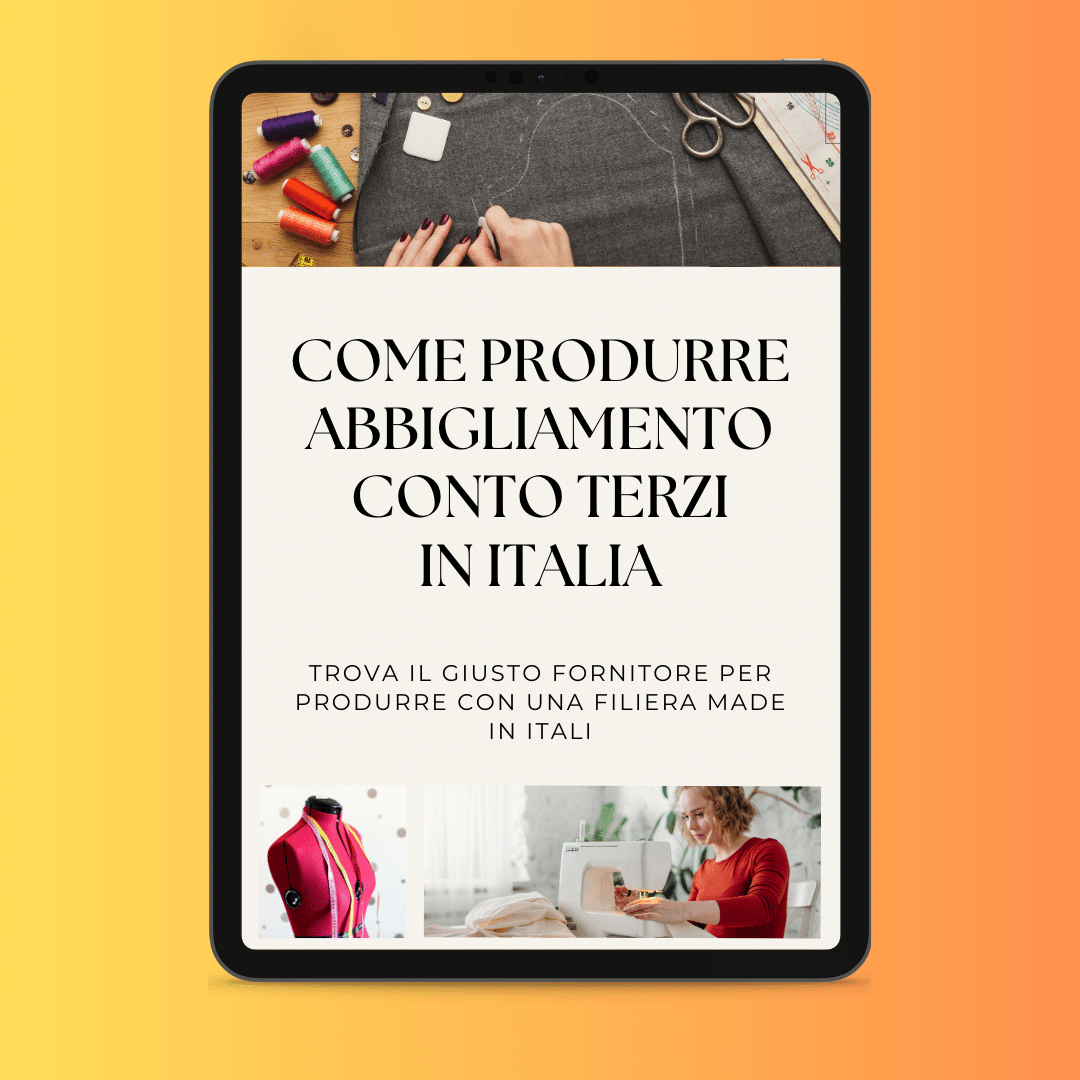

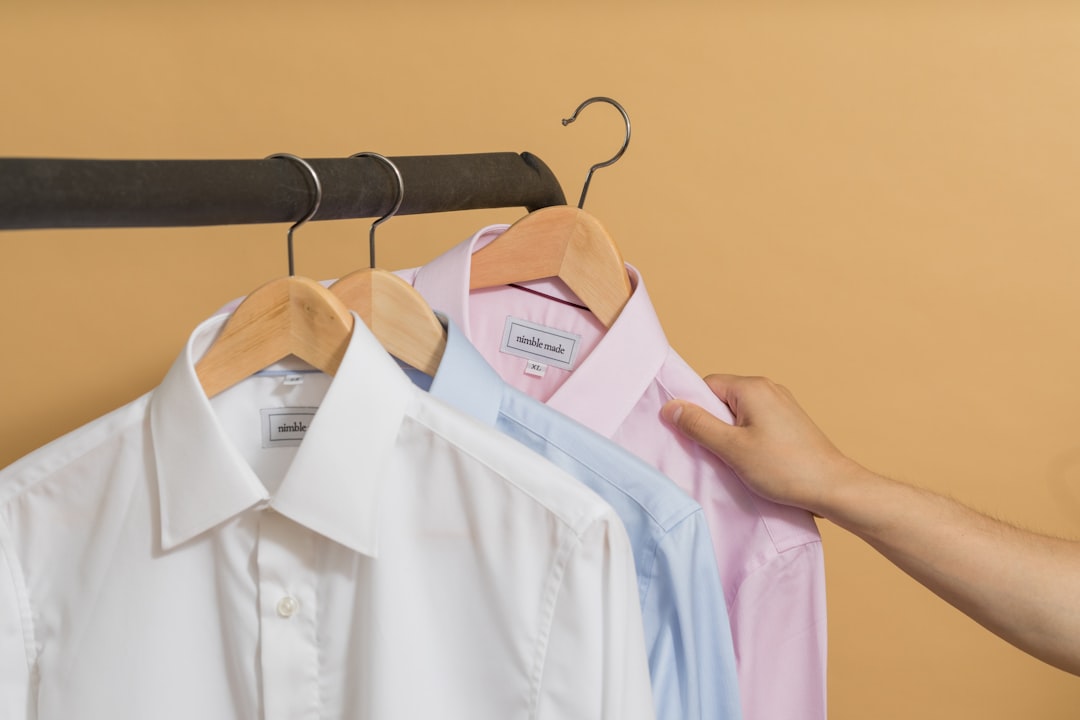
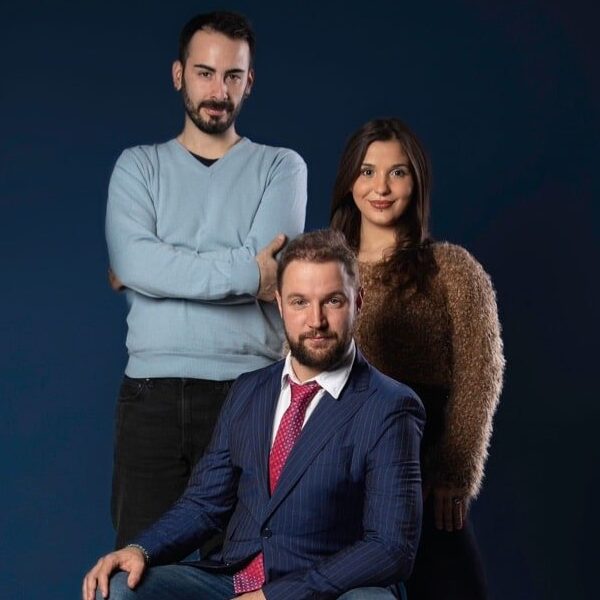
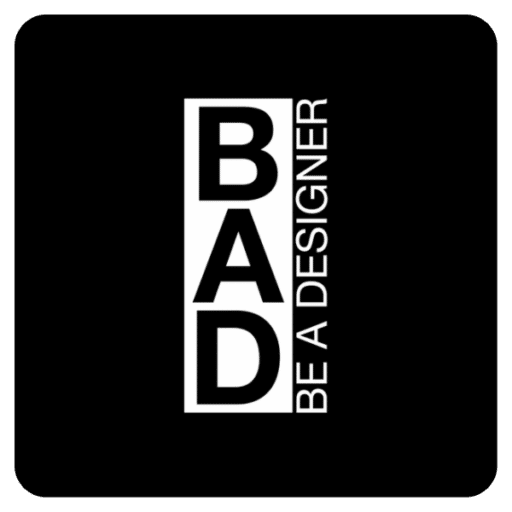













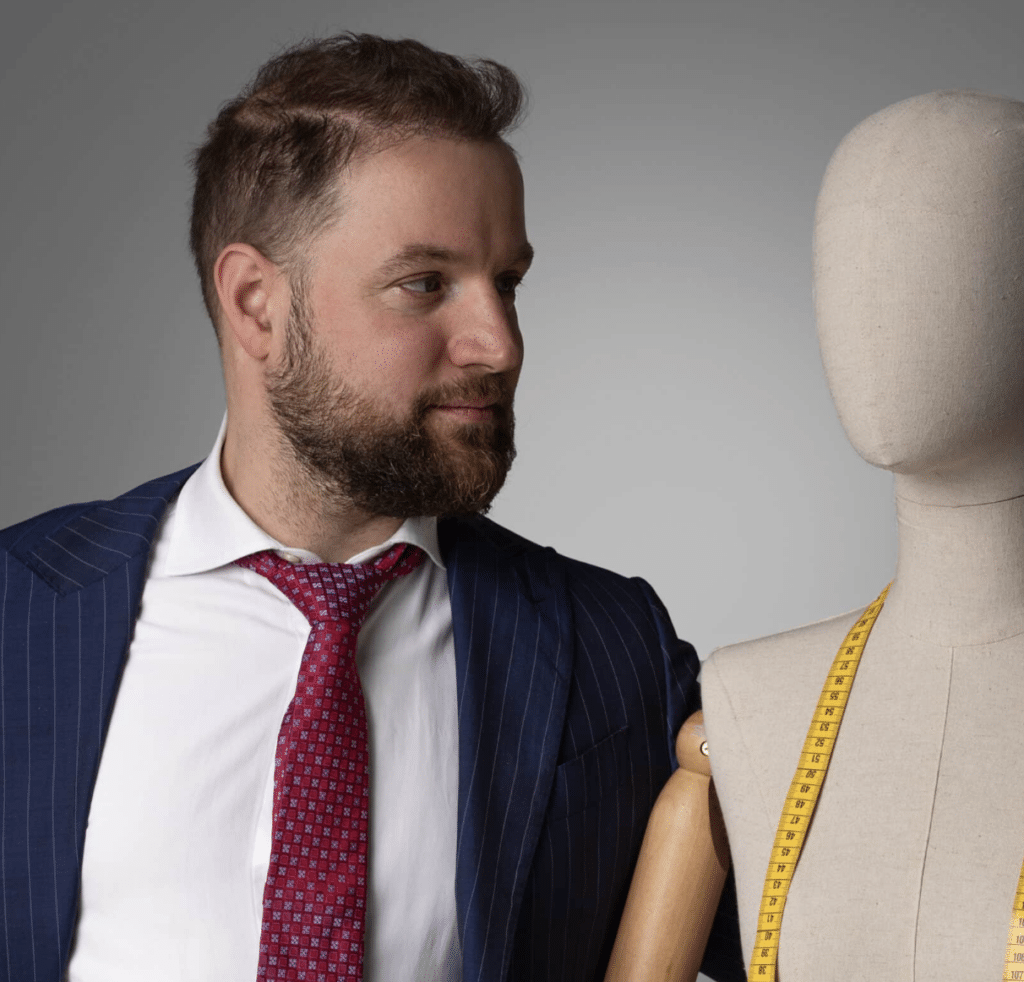
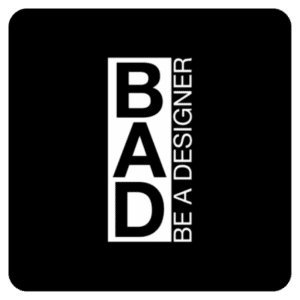
The article offers an immersion into the world of Italian fashion, where contract manufacturing for small quantities is crucial to maintain high standards of quality and customisation. The 'Made in Italy' formula is not just a brand name, but a guarantee of craftsmanship excellence. This approach not only respects tradition but also supports innovation, enabling small designers to create unique collections. The ability to adapt to the needs of a market that prizes uniqueness is reflected in every detail, similar to the quest for exclusivity that we might find in a distinctive accessory such as a silver handbag. Be A Designer's production highlights the importance of careful and customised work, underlining how authenticity and passion for detail are essential values in the Italian fashion industry.